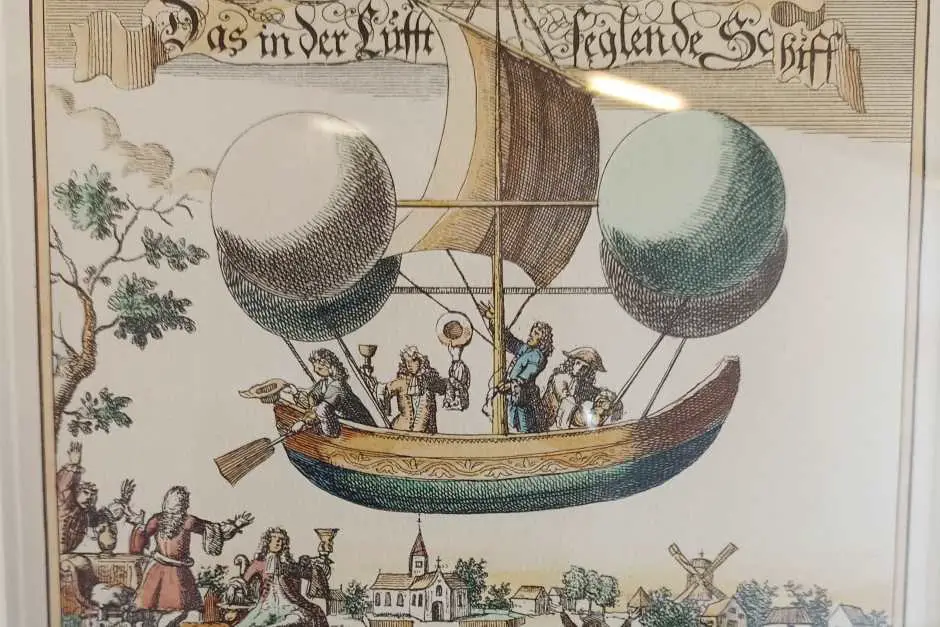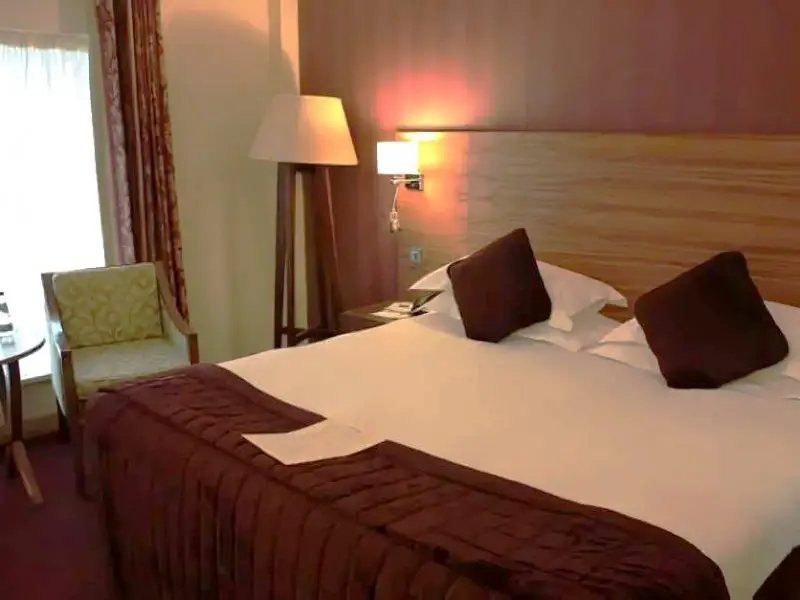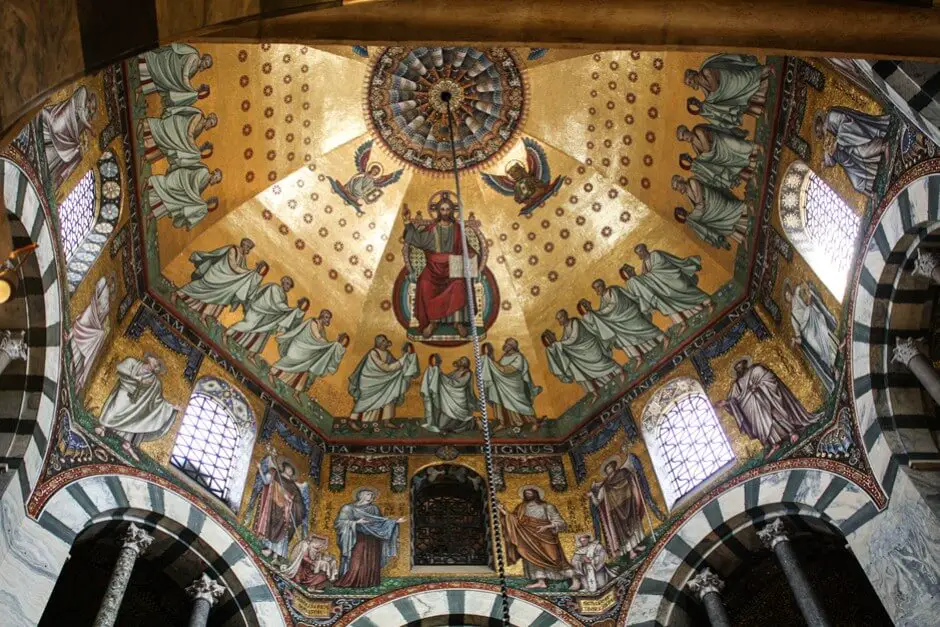We owe our visit to the Balloon Museum Gersthofen to a coincidence. Actually we were over because of an exhibition Leonardo da Vinci (08.10.2022/29.01.2023/XNUMX – XNUMX/XNUMX/XNUMX) in this Museum. The ingenious inventor had already developed aircraft and even automobiles hundreds of years ago. An exhibition in the balloon museum in the Augsburg suburb of Gersthofen was dedicated to him, which we wanted to see. But then we were so fascinated by the history of balloonists and balloon rides that we spent hours in this museum. During a tour you will learn how fascinating the development of ballooning is.
The Gersthofen Balloon Museum
In the center of Gersthofen, a neighboring town of Augsburg, there is a water tower opposite the city center. In it and in an extension of the city library next door is Germany's balloon museum. The tower was closed when we visited. Nevertheless, we learned how ballooning developed from the flight attempts of the Mongolfier brothers in 1783 into the 20th century. Flying has been a dream of mankind for hundreds of years. Centuries later, while Leonardo da Vinci was thinking of giving people wings, Mongolfiers came up with the idea of filling balloons with gas. These should carry people in gondolas or later in baskets in the air.
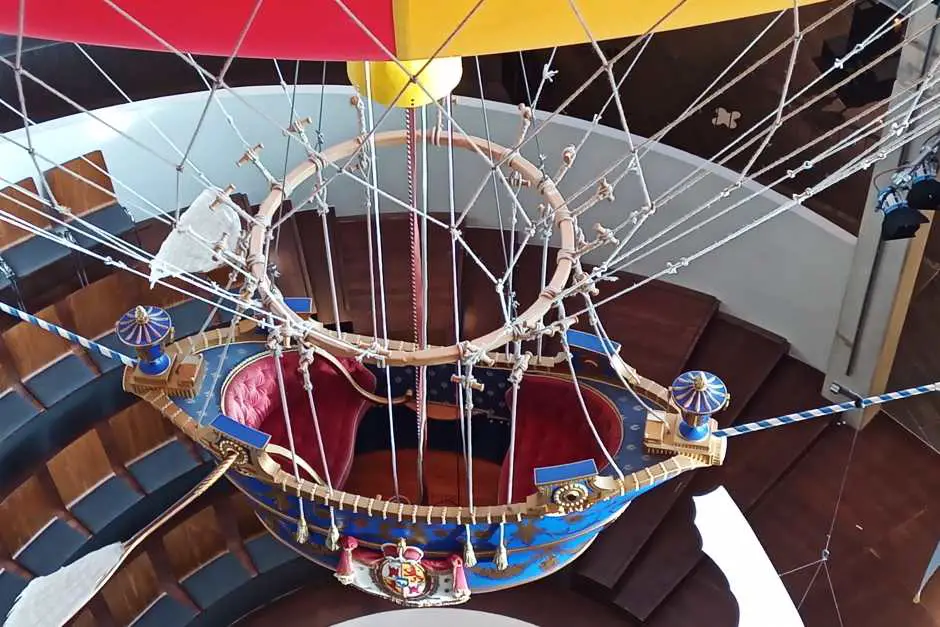
A walk through the history of ballooning in the Ballonmuseum Gersthofen
It is best to start the tour of the museum on the second floor. After a short film we walk around the balloon "Erdlieb" of the balloonist Baron von Lütgendorf. The balloon hangs with its gondola in the center of the museum. However, the Lütgendorfs gave the balloon its nickname because it did not want to fly. The privy councilor of the House of Thurn and Taxis wanted to emulate the balloonist Jean-Pierre Blanchard and become Germany's first air glider. However, he failed miserably with his plan because his gondoliers absolutely did not want to take to the skies. Von Lütgendorf's role model Blanchard was more successful. In 1785 he succeeded in crossing the English Channel in a gas balloon.
Ballooning around the world
Ballooning - a spectacle of the nobility
The fact that ballooning was initially a pleasure for the nobility is not only shown by the Lütgendorf gondoliers in the Ballonmuseum Gersthofen. Pictures from that time show the nobility enjoying themselves in gondolas that floated through the air. At the court's feasts, the balloons were a splendid form of entertainment intended by the hosts to impress their guests.
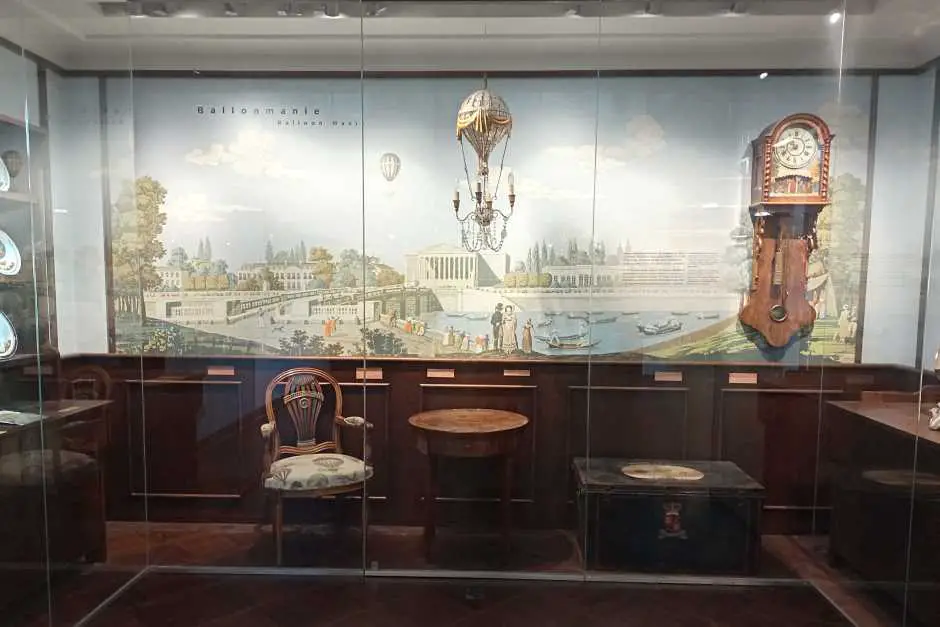
balloon mania
The enthusiasm for ballooning led to a balloon mania. This is shown by the furnishing of an apartment in the Ballonmuseum Gersthofen. The passion for ballooning reached into the homes of balloon fans. Furniture testified to her crush on ballooning. Chandeliers hung from balloons. They even created murals showing their enthusiasm for the sport of ballooning. People ate from plates and dishes on which balloons floated in the air.
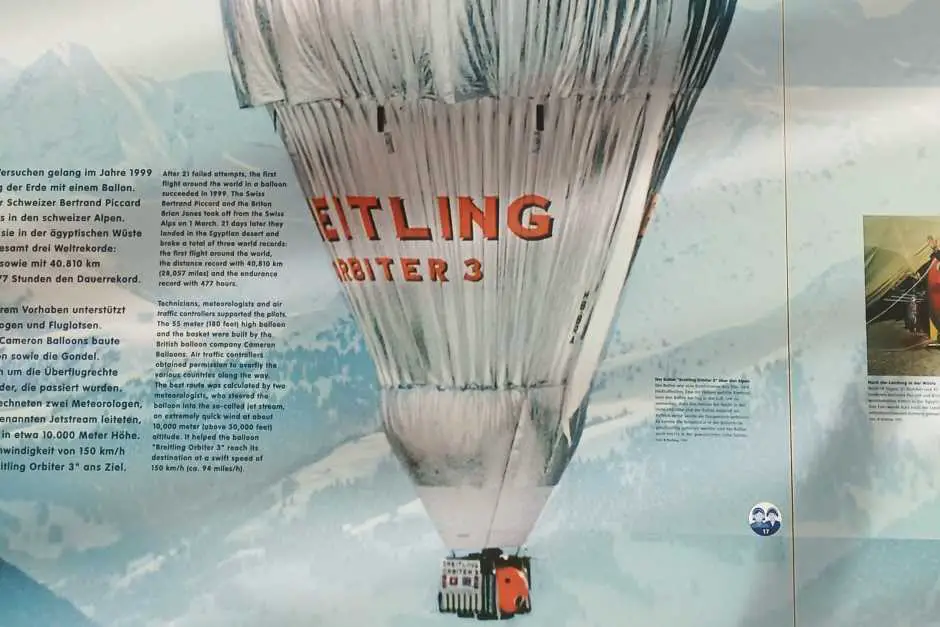
Balloonists want higher and further
However, the spectacle at aristocratic courts was not enough for the balloonists. They wanted to fly further and higher in their balloons than ever before. To do this, they continued to develop the technology of their aircraft. Seamstresses became specialists in making balloons. The distances that can be covered with a balloon always offered new destinations.
Blanchard's crossing of the English Channel was just the beginning. This was followed by the Alps, the Atlantic, the Arctic and finally circumnavigating the world in a balloon. This only succeeded in 1999. At that time, the Swiss Bertrand Piccard and the Briton Brian Jones orbited the earth after 21 days. However, their balloon, the "Breitling Orbiter 3", had little in common with the first balloons of the Montgolfiers and Blanchards. In the meantime, balloons had evolved. New materials have been tested and new gases have been used. This made records possible that still impress people today.
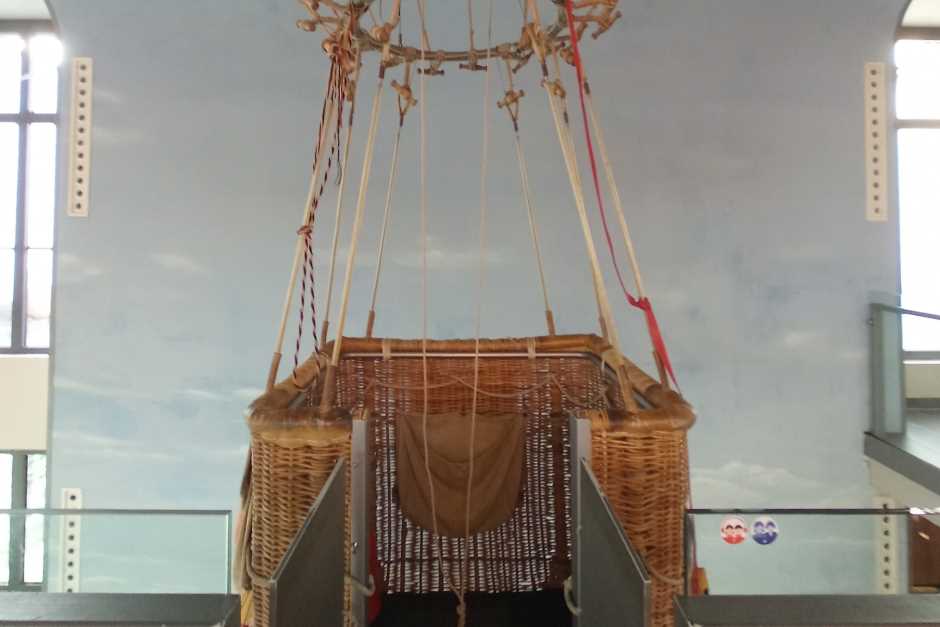
Balloons at the service of science, the military and sport
The first balloons were initially used for the pleasure of the nobility and later the people at folk festivals, but later they were also used for other purposes. They enabled science to explore new dimensions. The weather could be predicted more accurately than differences in temperature and wind strength could be measured at altitude. By climbing to higher and higher altitudes, science gained knowledge about the structure of the atmosphere, magnetism and the gravitational pull of the earth.
Balloons were used at the Battle of Pleurus at the end of the 18th century to observe enemy movements. However, balloons only became interesting for use in war when airships could be piloted. Balloonists were famous. To entertain their viewers, they combined their balloon rides with sports. The more daring, the better. Jumping out of the balloon with the parachute was one of them. The wives of the balloonists often made a name for themselves. Marie-Madeleine Blanchard, Elisa Garnerin and Wilhelmine Reichard were just a few of them.
Balloon Museum Gersthofen
Opening hours
Closed on Mondays
Travel Arrangements:
Parking at the airport
Here you can reserve your parking space at the airport.
Getting to the Gersthofen Balloon Museum:
Compare and book flights here*. Nearest international airport is Munich. It is also possible to travel to Augsburg by train or bus.
Car Rentals:
Cheap Car Hire - Book Fast and Easy! *
Hotels in Gersthofen:
Accommodation in Gersthofen* you can book here.
Are you traveling to the Ballonmuseum Gersthofen in a mobile home?
- Do you want to rent a motorhome? Then you will find information and a selection in these booking options here. Rent a motorhome or a camper near you here. Or would you prefer to stay overnight in a roof tent on the car? Also the overnight stay in camping tents is possible.
- Check our packing list for campers to see whether you have packed everything for your motorhome tour.
- You can stay overnight at Lech-Camping, Seeweg 6, 86444 Affing. But there are other campsites near Gersthofen. There you can after a day trip in a Dutch Oven or on the portable grill or on campfire . You can also find Dutch oven accessories here.
- Motorhome accessories you can also find here.
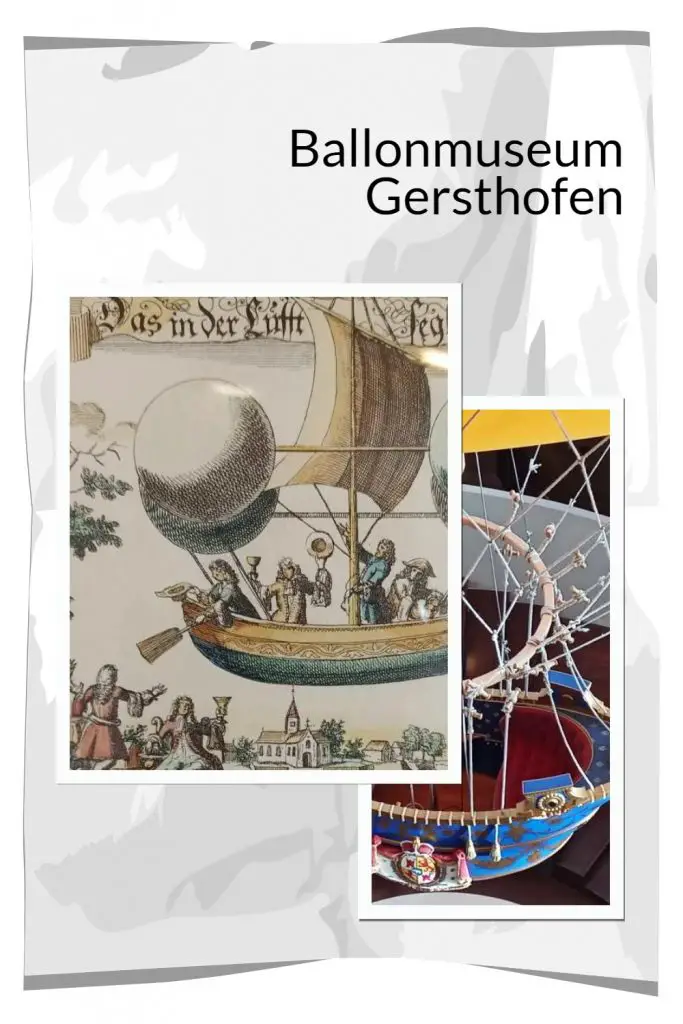
Do you also know:
- In Salzburg music is in the air
- Traveling as a couple - what we like about it
- Museums in America are different
- Three museums in Vancouver show life on the west coast of Canada
- Hygge living in autumn and winter
Source: own research on site
Text: Monika Fuchs and TravelWorldOnline
Photos: Monika Fuchs and TravelWorldOnline
Video: Petar Fuchs and TravelWorldOnline
